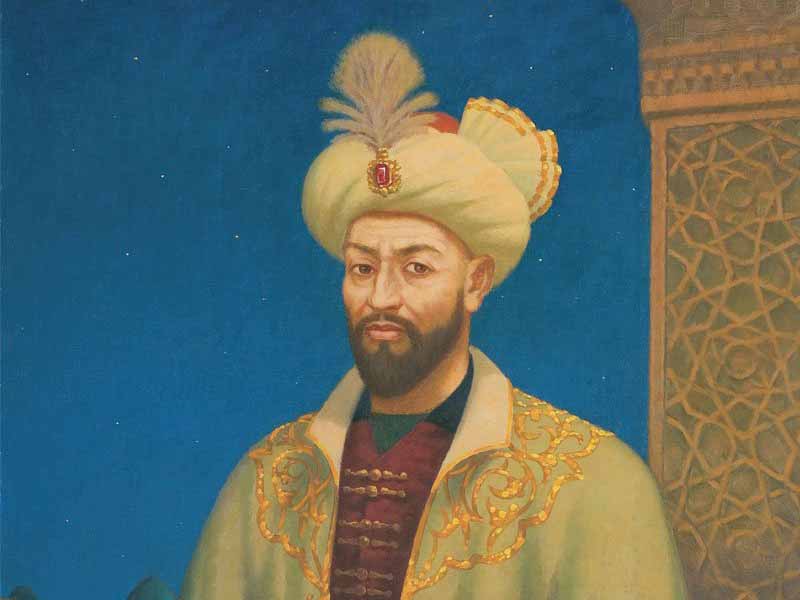Mirzo Ulugbek, the grandson of Amir Temur was bom in March 1394 in Sultany, Iran.
Later he deeply acquired such subjects as Arabic, logic, mathematics, astronomy and built his own school of astronomy between 1417-1420 in Samarkand. By 1429 he had finished building his observatory. These efforts enabled the sciences as astronomy and mathematics to develop in the region.
Mirzo Ulugbek wrote 4 works which were of great importance from scientific point of view. They are “Zij” (the astronomic work in Islamic world and consisted of timetables), “Bir daraja sinusini aniqlash” (to define the first power of sinus), “Risolai Ulug‘bek” (the scientific work of Ulugbek) and “To‘rt ulusi tarixi” (the history of four appanages). “Zij” is the most important and famous of them. It’s devoted to problems of chronology, epochs, mathematics, time and mainly to astronomy. It was the perfect scientific work of the medieval time and was used by many European scientists. The “Zij” of Ulugbek is widely spread in Turkey, India and some other European countries.
In 1994, by the decree of the president of Uzbekistan, the 600th anniversary of Mirzo Ulugbek was broadly celebrated.





















